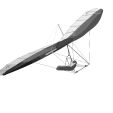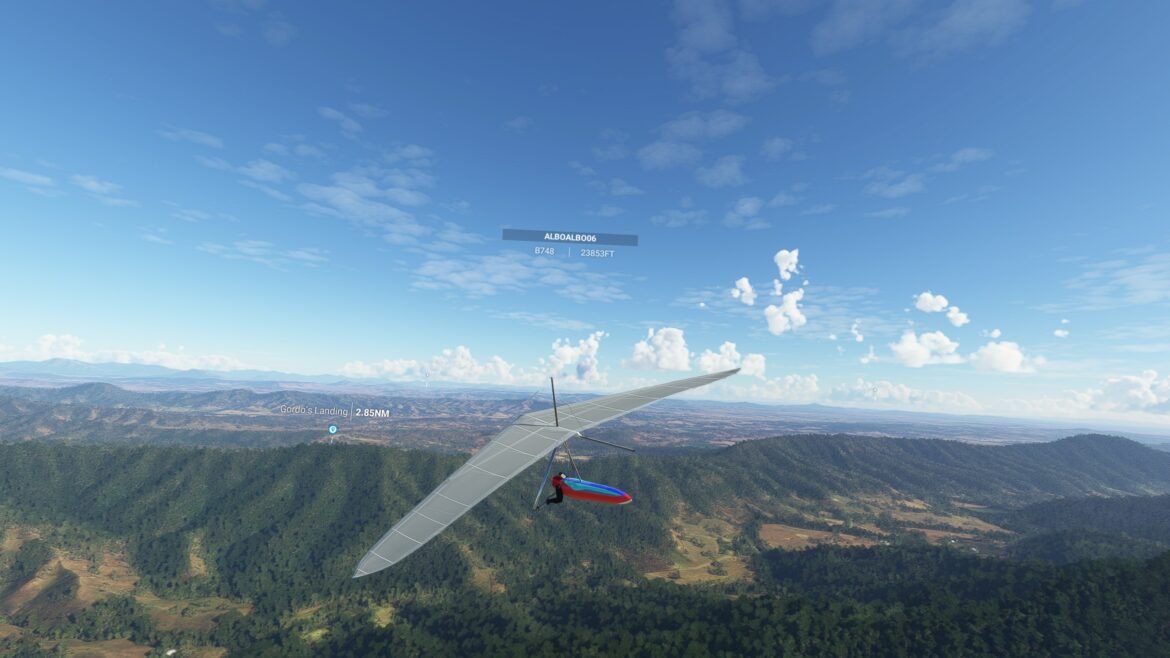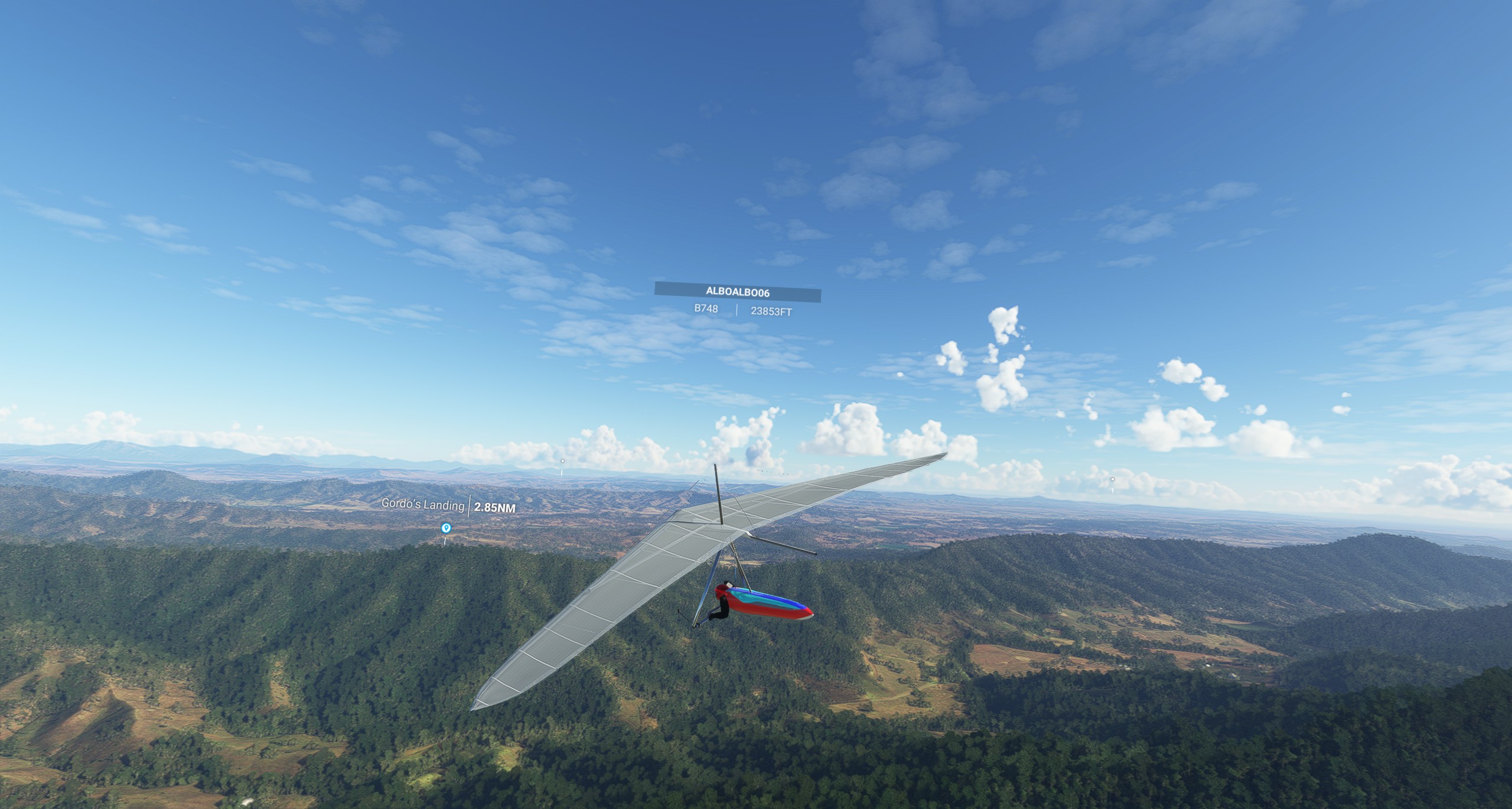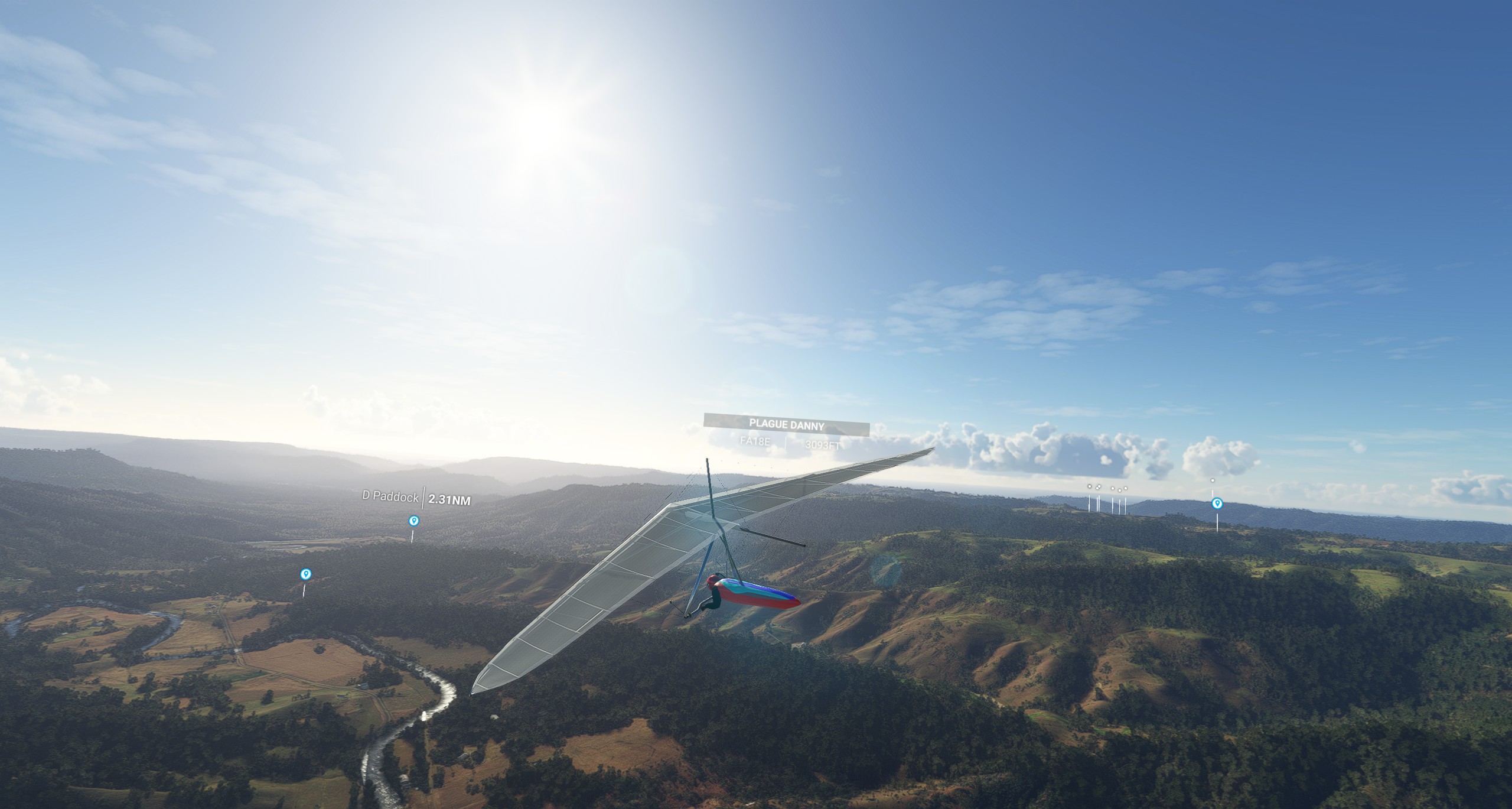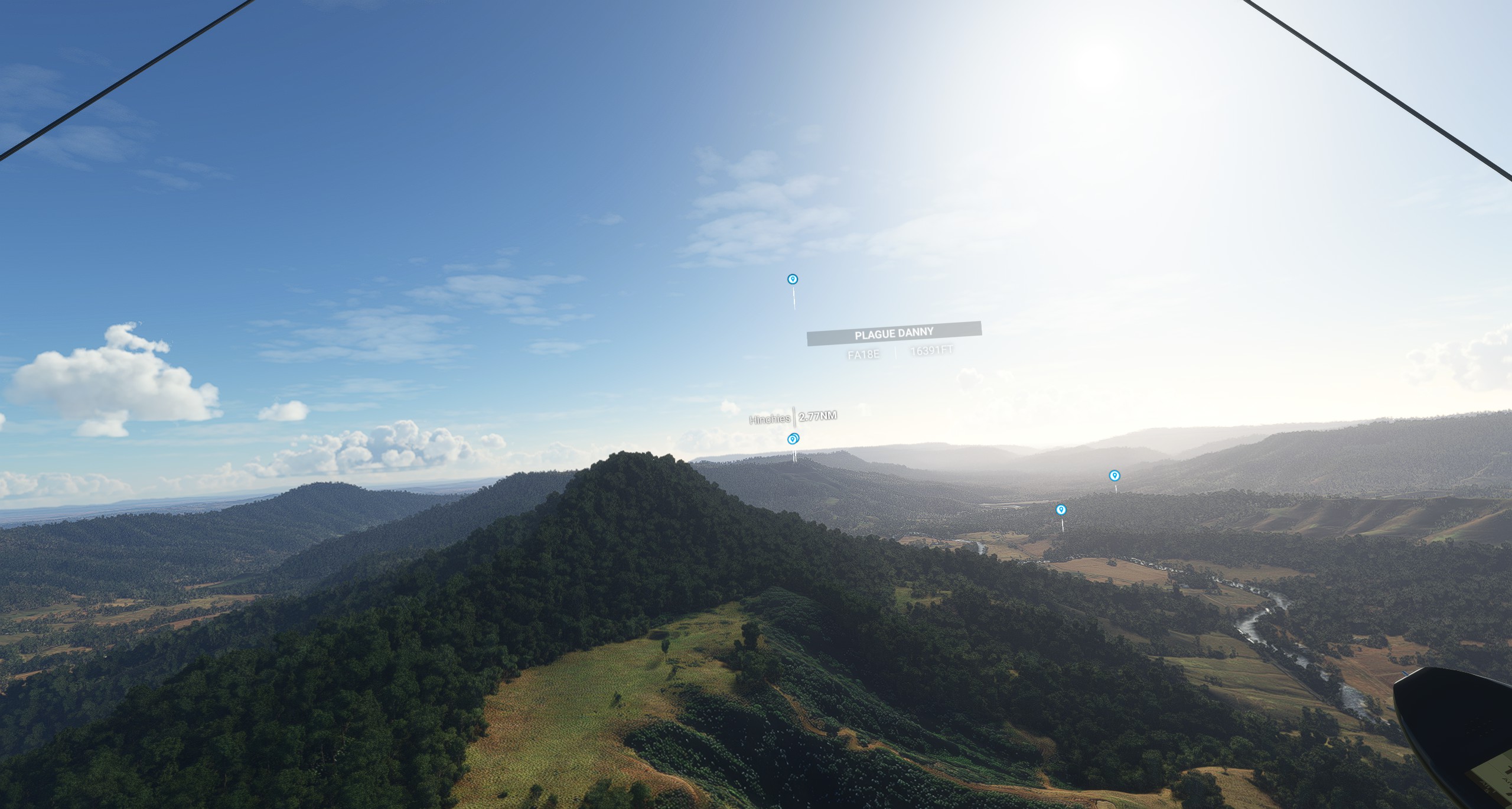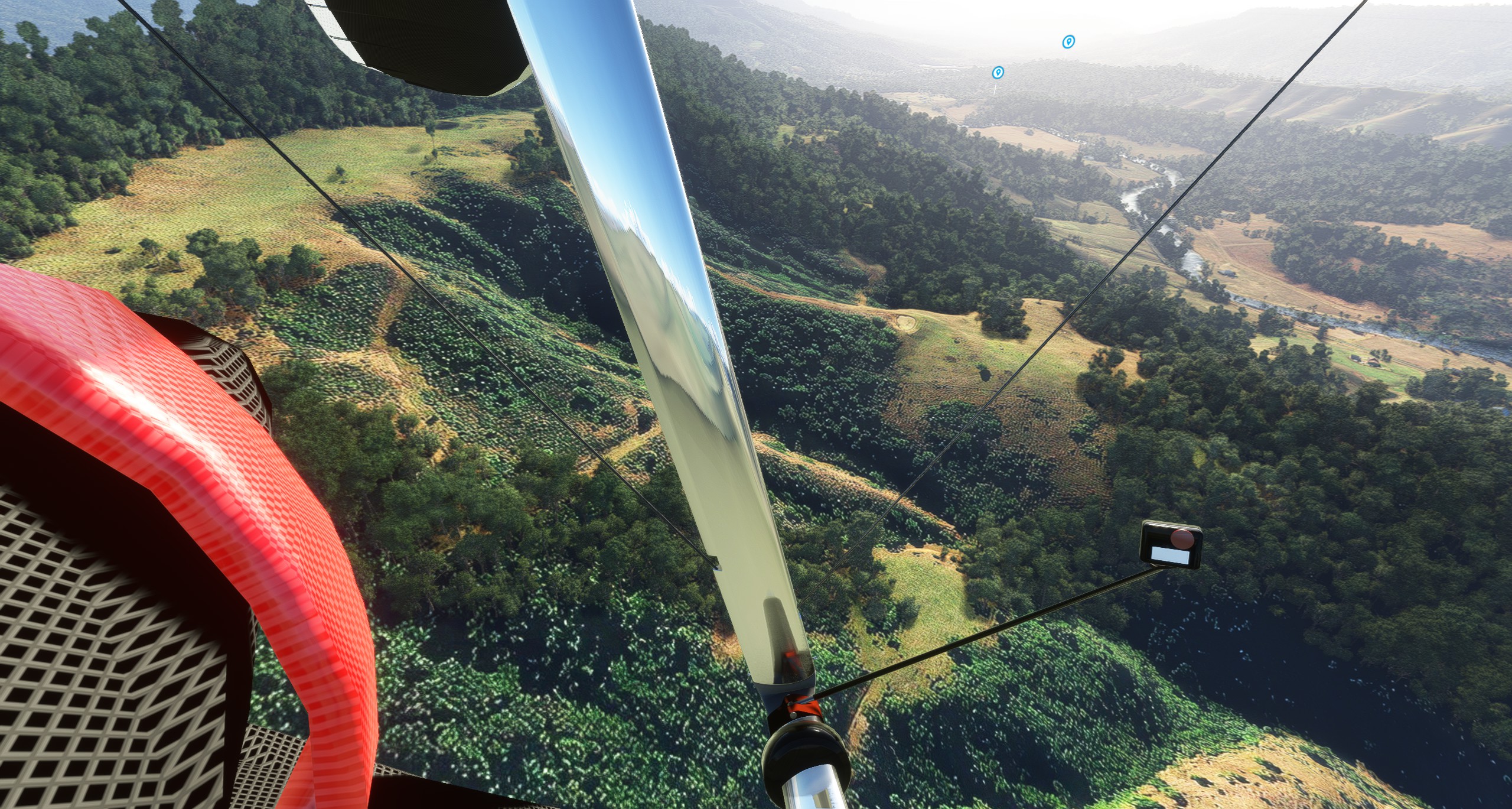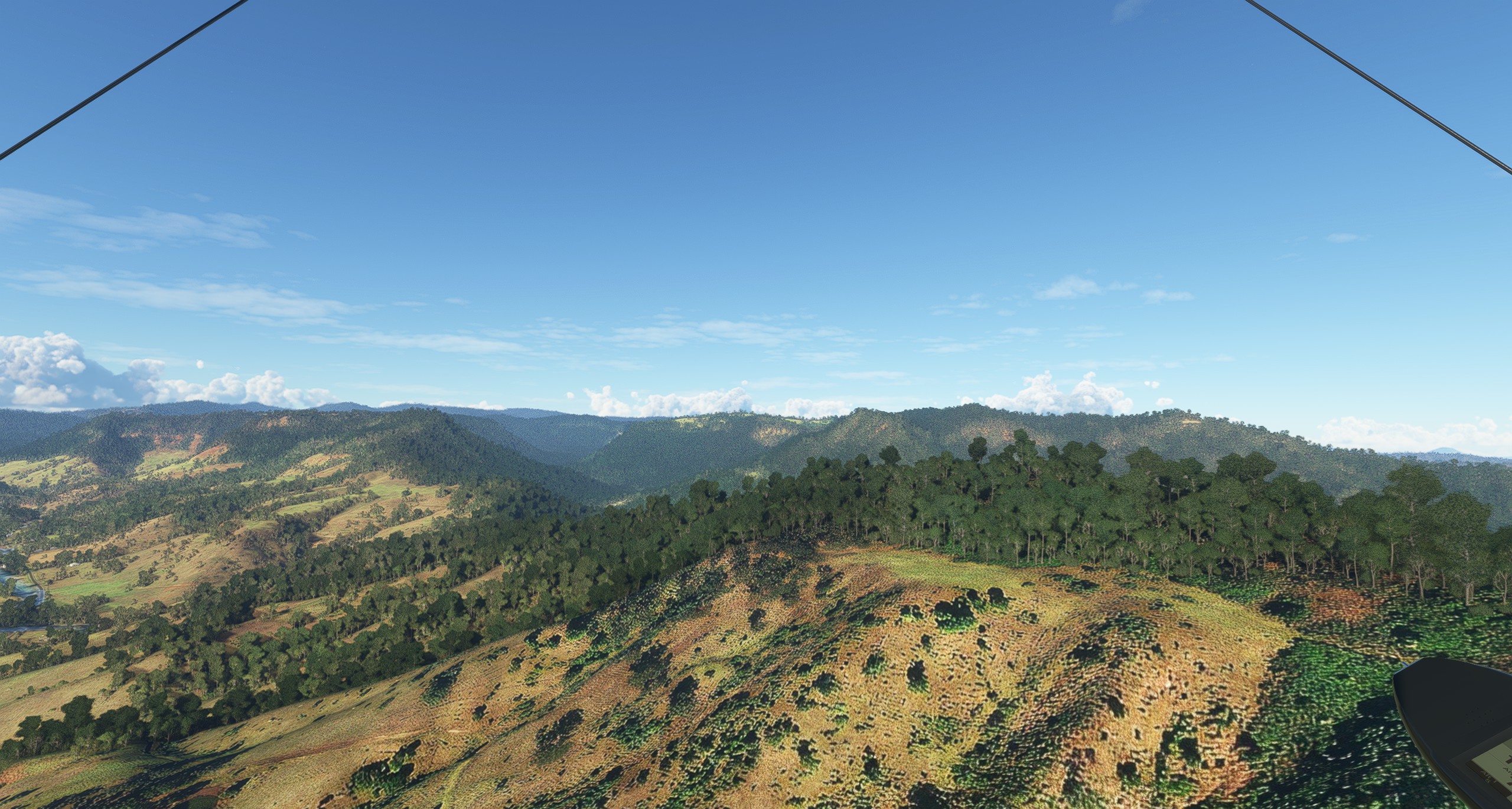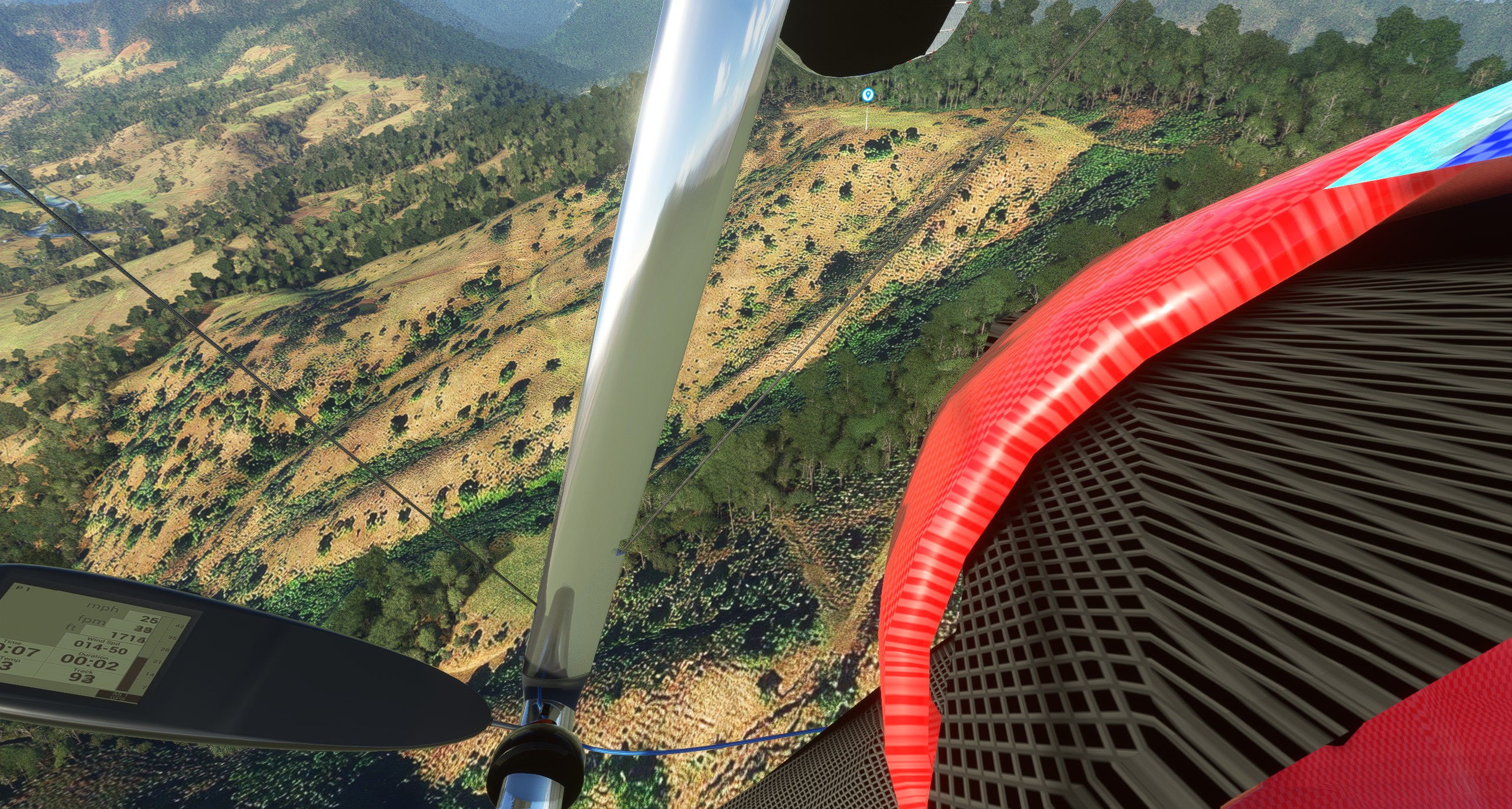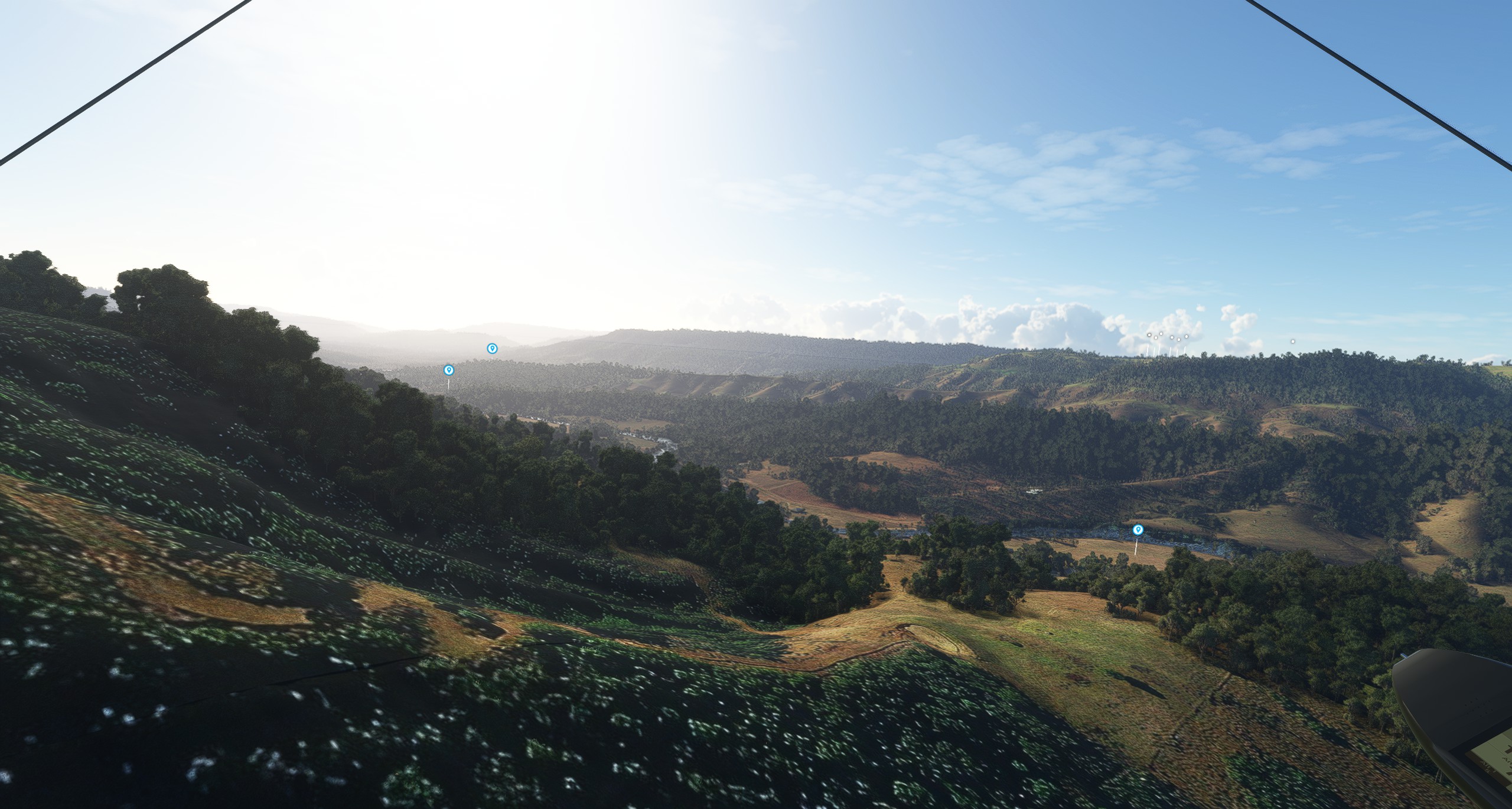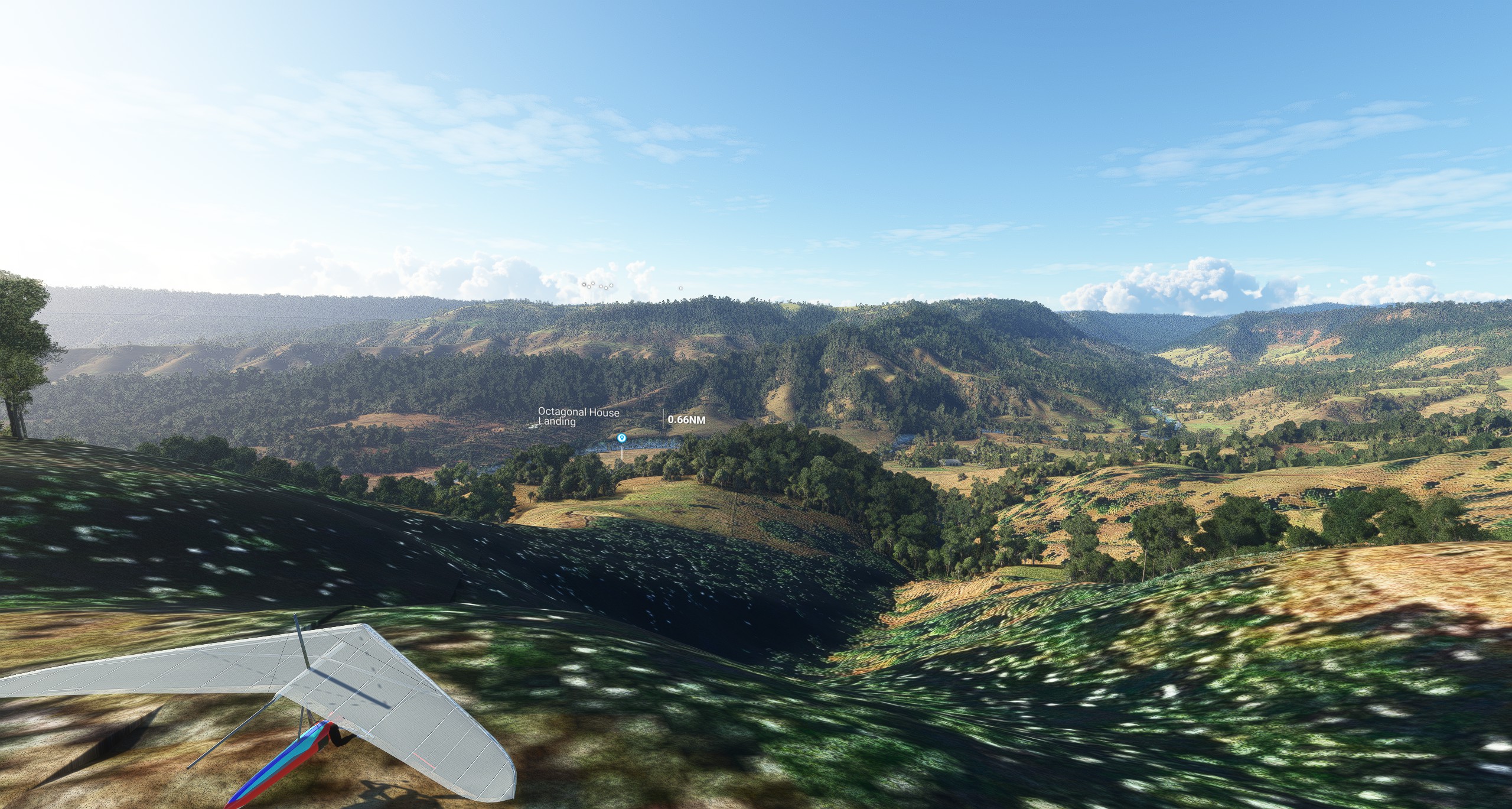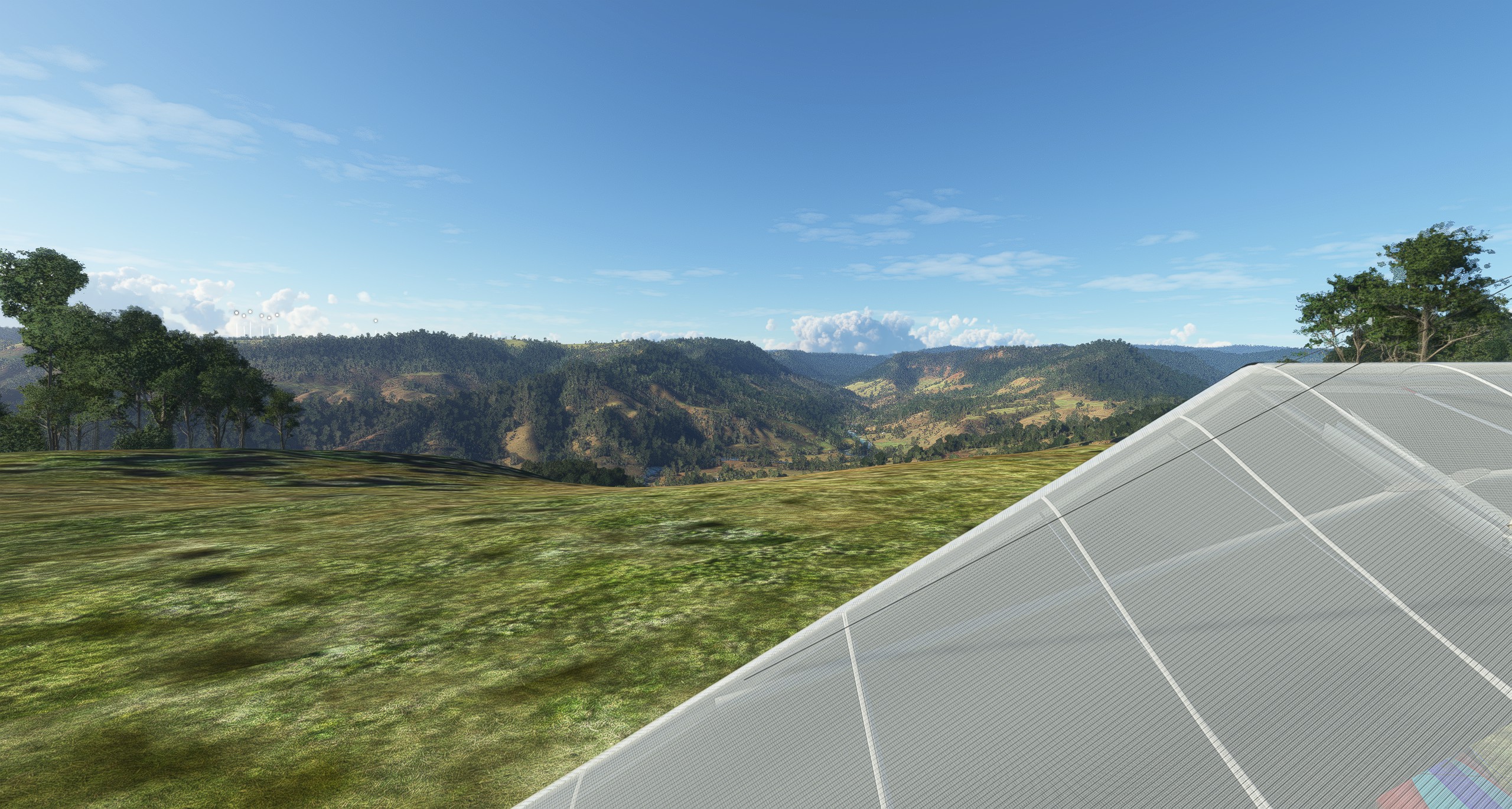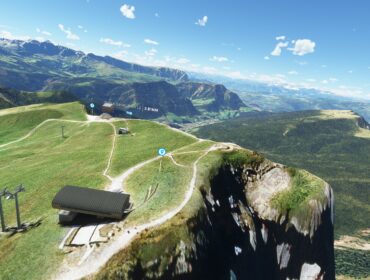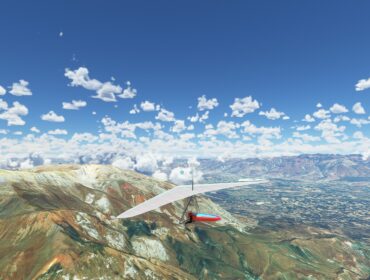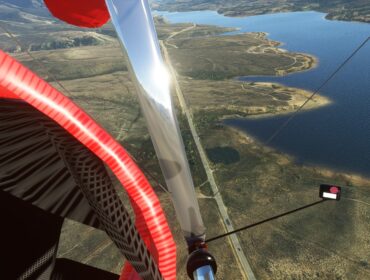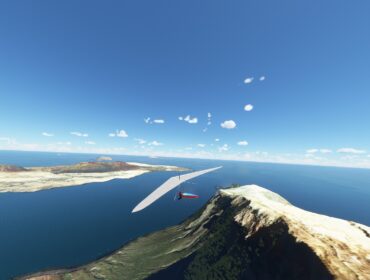Australia – Queensland
Flying Fox Hang-Gliding and Paragliding Site Guide
Flying Fox is a hang-gliding and paragliding site located in the Gold Coast hinterland, Queensland, Australia. It is regarded by many as the hidden gem of SE QLD flying sites, with spectacular views of the Lamington National Park and the Numinbah Valley. The site is only to be used by CHGC pilots or visiting pilots in the company of a CHGC member, as it is a very private and sensitive site. Prior notification to the landowner is mandatory – please contact Phil Hystek or Brandon O’Donnell via the Contacts page of the CHGC website.
Site Information
- Launch altitude: 1990ft/606m ASL
- Launch direction: North-East
- Launch rating: PG2, HG Intermediate
- Launch coordinates: S28.14568, E153.14898
- CTA: above 6500ft, steps to 10000ft behind launch
Locations and Directions
The site is located on Flying Fox Road, about 10km south of Canungra. From Canungra, take Kidston Street and turn left onto Lamington National Park Road. After about 8km, turn right onto Flying Fox Road and follow it to the end. The launch is on private property and access is via a locked gate. The gate code is available from Phil Hystek or Brandon O’Donnell.
Launch Sites
There are two launch sites at Flying Fox: the main launch and the top launch.
Main Launch
The main launch is a large grassy slope with a clear run into the valley. It can accommodate several gliders at a time and has ample space for rigging and packing up. The launch faces north-east and works best in light to moderate winds from that direction. It can also work in light north or east winds, but be aware of crosswind conditions and possible rotor from the trees on either side of the launch.
Top Launch
The top launch is a smaller clearing higher up the hill behind the main launch. It is only suitable for experienced pilots who are confident in launching in stronger or more cross conditions. The launch faces east and has a steeper slope than the main launch. It can be useful when the main launch is too light or too cross from the north. However, it can also be very rough and turbulent in strong or gusty winds, so use caution and good judgment when launching from here.
Landing Areas
There are several landing options at Flying Fox, depending on the wind direction and strength. The only approved landing area for low airtime pilots is the small field next to the octagonal house below launch. All other landing areas require a site briefing from a local pilot before use.
Octagonal House Landing
The octagonal house landing is a small field next to an octagonal-shaped house below launch. It is the closest and safest landing option for most flights. The field is small with obstacles on approach and no room for overshooting. The landing field is not suitable for very low airtime pilots unless under direct supervision of a pilot experienced at FF. The bombout is relatively close but given that there are no options for landing short, and the possibility of valley wind and sink, don’t scratch too low in front of launch before heading out to the landing field.
DO NOT exit the landing field past the owners house or down the owners driveway. All pilots must walk down to the road via the gully to the south of the landing field.
Scottsmans Bombout
Scottsmans bombout is a larger field on the corner of Table Top Road and Illinbah Road, about 2km north of the octagonal house landing. It can be used as an alternative landing option when the wind is too strong or cross from the north at launch, or when flying further down the valley. It has more space and fewer obstacles than the octagonal house landing, but it is also further away and requires crossing a powerline on final approach.
D Paddock
D paddock is another large field about 500m further north of Scottsmans bombout, on the east side of Illinbah Road. It can also be used as an alternative landing option when flying down the valley or when Scottsmans bombout is occupied by other pilots or livestock. It has similar characteristics as Scottsmans bombout, but it is closer to Gordo’s landing and easier to retrieve from.
Gordo’s Landing
Gordo’s landing is a huge field on Beaudesert-Nerang Road, about 4km west of Illinbah Road. It can be used as an alternative landing option when flying over the back of Flying Fox towards Kerry Valley or Rathdowney. It has plenty of space and no obstacles, but it is also very far from launch and requires a long retrieve. It is also prone to strong valley winds and turbulence in the afternoon, so land early and avoid flying low over the trees.
Flying Conditions and Restrictions
Flying Fox is a thermic site that can produce strong and consistent lift on a good day. It is possible to fly over the back of the site and explore the Numinbah Valley or the western escarpment of the Lamington National Park. However, be aware that Flying Fox can also be quite rough and turbulent in strong thermic conditions, especially near launch and the ridge. Use caution and good judgment when flying here, and respect the airspace regulations and the landowner’s wishes.
Some of the flying conditions and restrictions at Flying Fox are:
- The site is only to be used by CHGC pilots or visiting pilots in the company of a CHGC member.
- Prior notification to the landowner is mandatory – please contact Phil Hystek or Brandon O’Donnell via the Contacts page of the CHGC website.
- The site is flyable from north through to east, but works best in light to moderate north-east winds.
- The site is not suitable for very low airtime pilots unless under direct supervision of a pilot experienced at FF.
- The only approved landing area for low airtime pilots is the small field next to the octagonal house below launch.
- All other landing areas require a site briefing from a local pilot before use.
- DO NOT exit the landing field past the owners house or down the owners driveway. All pilots must walk down to the road via the gully to the south of the landing field.
- DO NOT fly directly over the back of the site due to the huge expanse of the Lamington National Park and the lack of landing options and phone coverage.
- DO NOT fly too close to or over any houses or livestock in the valley, as this may upset the locals and jeopardize the site access.
- DO NOT fly above 6500ft, as this may infringe on the controlled airspace above. There are steps to 10000ft behind launch, so check your airspace map and altimeter before flying over the back.
Best Times to Fly and Visit
Flying Fox is flyable all year round, but the best times to fly are from late winter to early summer (August to December), when the days are longer, warmer and more stable. The site can also produce some spectacular “glass-off” flights, seabreeze convergences and great mid-winter thermic flying when no other site is working.
The record flight from Flying Fox is 215km by Phil Hystek in November 2017, who flew from Flying Fox to Texas via Warwick and Inglewood. Other notable flights include 140km by Lisa Bradley in December 2016, who flew from Flying Fox to Rathdowney and back via Kerry Valley, and 120km by Brandon O’Donnell in November 2017, who flew from Flying Fox to Woodenbong via Kerry Valley.
More Information
For more information about Flying Fox and other flying sites in South East Queensland, please visit the following websites:
You can also contact Phil Hystek (m: 0418 155 317, h: 07 5543 4000) or Brandon O’Donnell (m: 0421 076 506) for site briefings, weather updates and retrieve arrangements.
